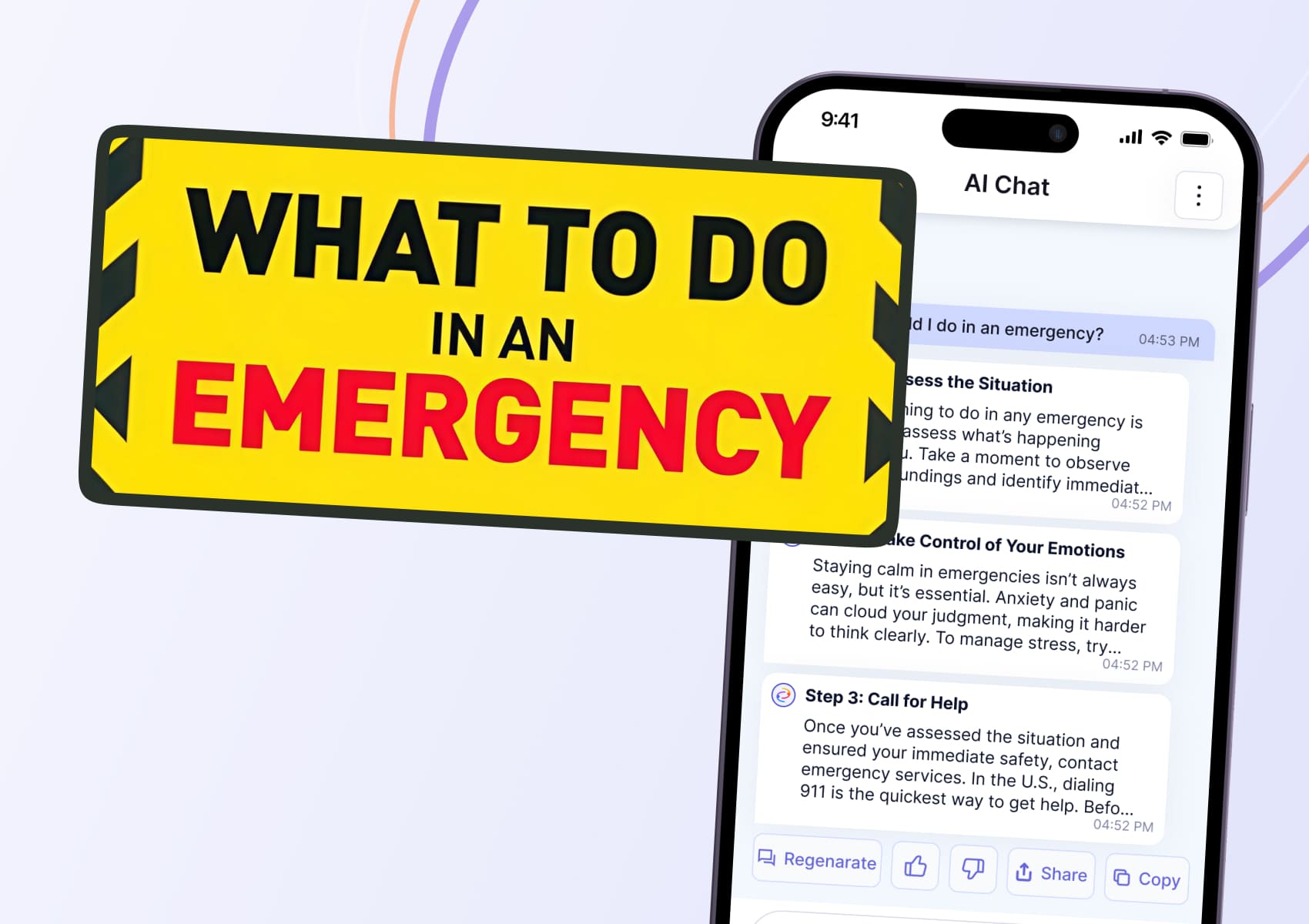What to Do in an Emergency: Stay Calm and Act Fast

Emergencies can happen at any moment, and staying calm is often the key to getting through them safely. Whether it’s a car accident, a sudden health crisis, or a natural disaster, how you react in those critical moments can make all the difference. Here’s a simple guide to help you stay composed and take the right steps when it matters most.
Step 1: Assess the Situation
The first thing to do in any emergency is to quickly assess what’s happening around you. Take a moment to observe your surroundings and identify immediate dangers. Is there a fire, a dangerous spill, or an injured person? Understanding the situation helps you decide your next move.
Your priority is safety—for yourself and others. If there’s a hazard, like heavy traffic or unstable ground, move to a secure location if possible. Being aware and alert will allow you to make better decisions instead of reacting out of panic.
Step 2: Take Control of Your Emotions
Staying calm in emergencies isn’t always easy, but it’s essential. Anxiety and panic can cloud your judgment, making it harder to think clearly. To manage stress, try simple techniques like taking deep breaths, counting to five as you inhale and exhale. Ground yourself by focusing on something nearby, like an object or a sound, to bring yourself back to the present moment.
Remember, you don’t need to solve everything at once. Focus on actionable steps. Staying in control of your emotions will help you act decisively and keep others calm as well.
Step 3: Call for Help
Once you’ve assessed the situation and ensured your immediate safety, contact emergency services. In the U.S., dialing 911 is the quickest way to get help. Before you call, gather essential information such as your location and a brief description of the emergency.
When speaking to the operator, stay calm and provide clear details. This will help responders understand the situation and arrive prepared. If you’re not sure what to say, don’t worry—they’re trained to guide you through the call.
Step 4: Provide Assistance (If Safe to Do So)
If you’re in a position to help and it’s safe to do so, offer assistance. This could mean applying basic first aid, comforting someone who’s scared, or helping an injured person move to safety. If you don’t have first aid training, stay calm and do what you can without putting yourself at risk.
It’s always a good idea to be prepared for emergencies. Keeping a first aid kit at home or in your car and learning CPR or basic first aid can make a big difference when someone needs immediate help.
Step 5: Prepare for Professionals to Arrive
While waiting for emergency responders, continue to stay alert. Move to a safe location if necessary, and keep the area clear for professionals to access the scene. When help arrives, communicate clearly and provide any information they might need, such as what happened or who might need urgent attention.
If you’re with someone else, encourage them to stay calm too. Providing reassurance can go a long way in reducing stress and maintaining control of the situation.
Conclusion: Preparation as the Key to Confidence
Emergencies are unpredictable, but being prepared can make them much less overwhelming. Knowing how to assess a situation, control your emotions, and take practical steps will not only help you but also those around you.
Take some time to prepare an emergency kit with essentials like first aid supplies, water, and a flashlight. Familiarize yourself with basic response techniques and make sure everyone in your family knows what to do in an emergency.When it comes to emergencies, having access to quick support can make all the difference. Download the OwchBuddy app today on Google Play or the App Store to connect with trusted legal and medical professionals near you. Be prepared, stay calm, and take action when it matters most.
Thank you for your comment
It will be published after moderation

 OwchBuddy
OwchBuddy







Comments 0